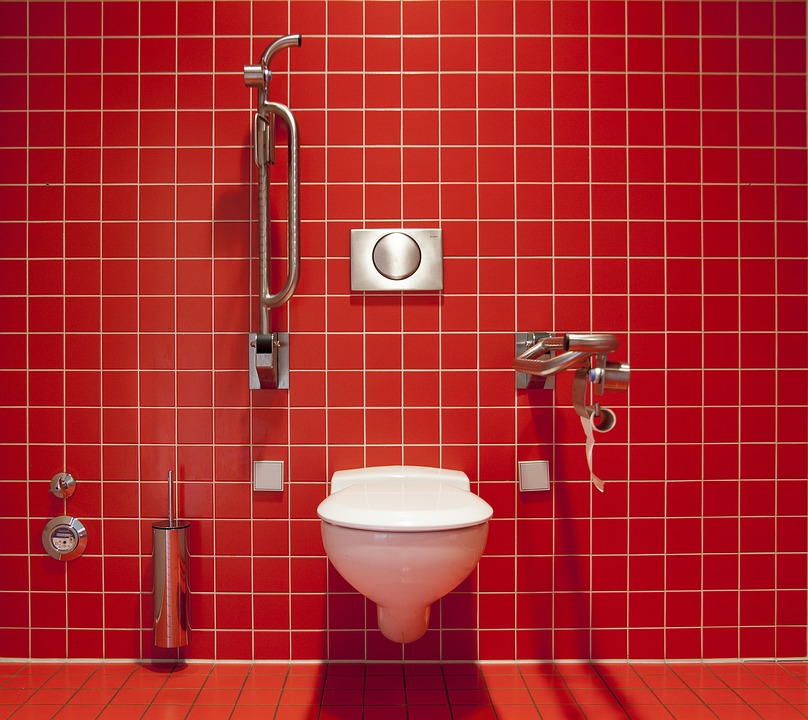When it comes to diseases like liver cancer, early detection is very important for a high chance of recovery and remission. A way to detect for an indicator of the condition is through what is being flushed down the toilet, specifically, the stools.
Much like other cancers, symptoms become more evident as cancer progresses, so it is important to spot them and see a doctor right away. Express reports that a sign of liver cancer may be found in the stool or the color of the stool. Experts say that if the stool looks white and chalky, then it may be a sign of the cancer. This may be because the liver is not producing enough bile - the substance that turns stools into varying shades of brown - so it can indicate a problem with the liver and or bile ducts. In the same vein, pale stools that follow or are followed by a change in the color of the urine may also indicate issues with the liver.
However, much like any other condition, symptoms overlap with one another, so this kind of change in the stool or urine may indicate some other condition, such as an infection. It is highly advised to see a doctor right away in case this happens.
But when the stool changes color, it does not necessarily mean a condition right away. The stool’s color will vary depending on the food one eats, or the kind of medication one takes. Certain types of food have been known to change the color of the stool once digested in the body, so it may not be a cause of concern just yet.
One example of which is beets. Beets are known for their purplish-red hue and are also known to stain hands and fingers if a person is cutting into them. Eating beets will result in having a dark red-hued stool, which may look like blood. If not in the stool, the pigment found in beets may show up a little bit in the urine as well, which can seem alarming.
Green veggies have also been known to change the stool color due to the chlorophyll present in them that give the veggies their green color. Blueberries are also culprits of resulting in unusual stool colors.



 Obamacare Premiums Set to Double in 2026 as Subsidy Expiration Looms Amid U.S. Shutdown
Obamacare Premiums Set to Double in 2026 as Subsidy Expiration Looms Amid U.S. Shutdown  Innovent’s Xinermei Intensifies Weight-Loss Drug Battle in China
Innovent’s Xinermei Intensifies Weight-Loss Drug Battle in China  Eli Lilly’s Weight-Loss Pill Nears Fast-Track FDA Approval as Profits Surge on Global Demand
Eli Lilly’s Weight-Loss Pill Nears Fast-Track FDA Approval as Profits Surge on Global Demand  Pfizer Sues Novo Nordisk Over Alleged Tactics to Block Obesity Drug Competition
Pfizer Sues Novo Nordisk Over Alleged Tactics to Block Obesity Drug Competition  FDA Adds Fatal Risk Warning to J&J and Legend Biotech’s Carvykti Cancer Therapy
FDA Adds Fatal Risk Warning to J&J and Legend Biotech’s Carvykti Cancer Therapy  Trump Administration to Launch Autism Initiatives Targeting Acetaminophen Use and New Treatment Options
Trump Administration to Launch Autism Initiatives Targeting Acetaminophen Use and New Treatment Options  Pfizer Secures $10 Billion Deal for Obesity Drug Developer Metsera, Outbids Novo Nordisk
Pfizer Secures $10 Billion Deal for Obesity Drug Developer Metsera, Outbids Novo Nordisk  Novartis to Acquire Avidity Biosciences for $12 Billion to Strengthen Rare Muscle Disorder Portfolio
Novartis to Acquire Avidity Biosciences for $12 Billion to Strengthen Rare Muscle Disorder Portfolio  Eli Lilly’s Inluriyo Gains FDA Approval for Advanced Breast Cancer Treatment
Eli Lilly’s Inluriyo Gains FDA Approval for Advanced Breast Cancer Treatment  Novo Nordisk Appoints Greg Miley to Lead Corporate Affairs Amid U.S. Drug Pricing Pressure
Novo Nordisk Appoints Greg Miley to Lead Corporate Affairs Amid U.S. Drug Pricing Pressure  Canada Loses Measles-Free Status After Nearly 30 Years Amid Declining Vaccination Rates
Canada Loses Measles-Free Status After Nearly 30 Years Amid Declining Vaccination Rates  U.S. Experts to Reassess Newborn Hepatitis B Vaccination Guidelines Amid Growing Debate
U.S. Experts to Reassess Newborn Hepatitis B Vaccination Guidelines Amid Growing Debate  Eli Lilly Becomes First Pharma Giant to Hit $1 Trillion Amid Soaring Weight-Loss Drug Demand
Eli Lilly Becomes First Pharma Giant to Hit $1 Trillion Amid Soaring Weight-Loss Drug Demand  Trump Backs Review of U.S. Childhood Vaccine Schedule After Hepatitis B Policy Change
Trump Backs Review of U.S. Childhood Vaccine Schedule After Hepatitis B Policy Change  Bayer’s Stroke Drug Achieves Breakthrough Trial Results, Boosting Market Confidence
Bayer’s Stroke Drug Achieves Breakthrough Trial Results, Boosting Market Confidence 





























